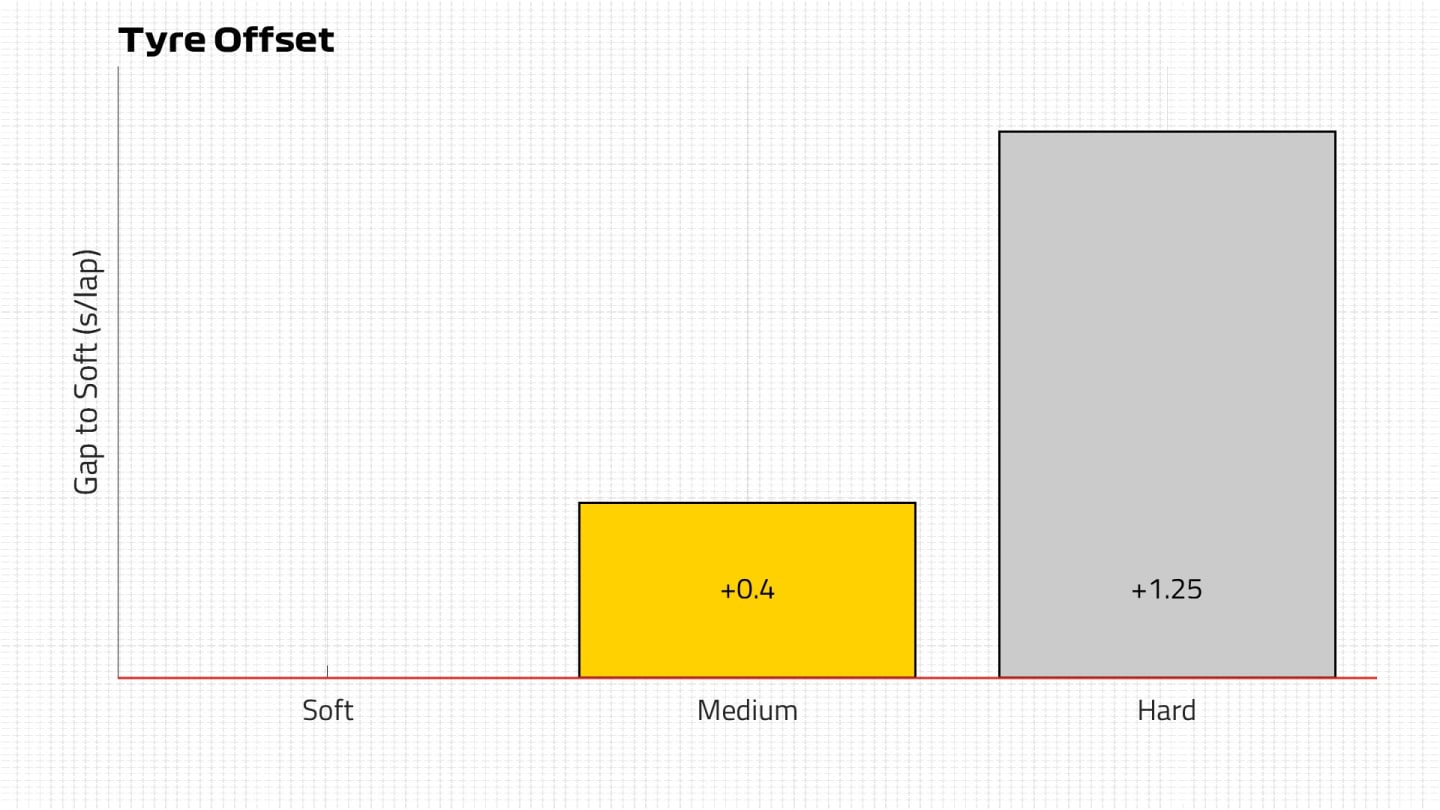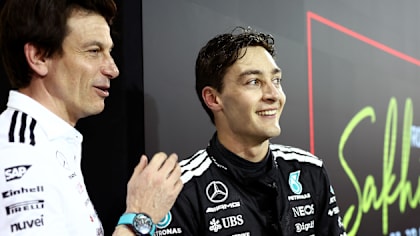
Feature
STRATEGY GUIDE: What are the possible race strategies for the 2022 US Grand Prix?

Share

With one title decided but another on the line, it’s set to be a showdown between Ferrari and Red Bull in front of a packed house at Circuit of The Americas, a track that has been a strategic challenge in the past. So here are some of the different options that are available to the teams on race day in America…
What’s the quickest strategy?
In keeping with many of the races at COTA, it’s not going to be easy to make a one-stop strategy work. In fact, it’s looking almost impossible for teams to target that given the high levels of degradation that have been seen so far this weekend.
READ MORE: Sainz takes pole for the 2022 United States Grand Prix ahead of Verstappen
The two-stop strategy is the frontrunner at this point, during a weekend where there has been a little less data than usual due to the tyre test that took place in FP2. But the other two practice sessions were held at a similar time to the race and so provided representative conditions that show the soft tyre to be too fragile to use in the first stint at the very least.
Starting on the medium is the preferred option, switching to the hard compound after an opening stint of between 14 and 19 laps. From there, the timing of the final pit stop can be more flexible but the quickest strategy would involve returning to the medium any time after Lap 35, as it is a quicker tyre in terms of pace offered.
But just because it’s the quickest strategy doesn’t mean it’s available to all of the frontrunners, with Carlos Sainz, the Mercedes drivers, Lando Norris and Valtteri Bottas all only having one set of mediums for the race, and so needing to consider the option below.

How about a different option for the top 10?
For any teams that are less confident about their tyre wear and degradation levels, there’s another two-stop that can be considered and is close to the pace of the one outlined above.
The first stint is likely to be similar by starting on the mediums and switching to hards by Lap 18, but then the final stint also takes place on the hard compound. That would mean a final pit stop window of Lap 32-38 before the run to the flag, mirroring the winning strategy used by Max Verstappen last year.
READ MORE: Sainz vs Verstappen and Red Bull’s title charge – What To Watch For in the US Grand Prix
On that occasion, Verstappen made his first stop as early as Lap 11 as he undercut Lewis Hamilton for track position and held on in the closing stages.
The majority of teams have this strategy available to them having kept back two sets of hard tyres for the race, with only Aston Martin, Williams and Yuki Tsunoda entering the Grand Prix with one set.

It’s feasible that some teams could explore the option of running the soft compound for the final part of the race, but it would require a much longer middle stint on the hard compound to make that work.
The reason teams are needing to look at the harder compounds for the two-stop strategy is because of overheating. The track characteristics play a big role in tyre temperatures being a challenge, because the bumps lead to the car breaking traction and sliding more, increasing those temperatures.
Although the circuit has addressed a number of the bumps, the 2022 generation of car is stiffer than its predecessor and so more susceptible to them.
That could also push some drivers towards a three-stop strategy, with a first stint on the mediums followed by the second on hard tyres, and then one of multiple options. The most likely would be to return to mediums for a third stint and then have a sprint to the flag on softs, but it’s even possible that the final two stints could be on the soft compound.

What are the options for the bottom half of the field?
As is often the case, drivers out of position or starting at the back can sometimes be more open to taking a risk with their strategy to try and recover places. In the case of this weekend, the biggest gamble would be to start on the hard compound tyre.
The reason it's a gamble is because of the lap time delta between the compounds, with the medium estimated to be around a second quicker than the hard heading into the race. Although that gap usually closes as tyre management comes into play, it’s still a big difference that could cost a driver positions on the opening lap.
But once the medium starts to lose performance, the hard will come into its own. And it offers greater flexibility in terms of the timing of the first pit stop, with a longer stint beyond Lap 20 to then switch to mediums for two stints of equal length to end the race.
Even starting on the hard compound, the one-stop strategy isn’t expected to be realistic, as too much tyre management is required and the pit lane loss time is only 20 seconds under green flag conditions – one of the lowest of the season – so multiple stops are more attractive.

Wait, but what’s the weather doing?
Unlike the last two race weekends, the teams can sleep a little more easily without stressing about the weather forecast too much. Heavy rain impacted both events in Singapore and Japan, but there is very little threat of any wet weather in Austin.
Instead, the challenge comes from the windy conditions that have been seen throughout the weekend, particularly on Saturday. Gusts have been catching drivers out at certain times, making it hard to trust braking points and cornering speeds.
HIGHLIGHTS: Watch the qualifying action as Sainz grabs pole position in Austin
While that can induce big mistakes that then lead to changes of strategy being required, a less obvious impact is the way the wind can make the cars slide around more. And as pointed out earlier, when the cars slide the tyres start to overheat, which is what makes it so difficult to keep the levels of degradation under control, resulting in more pit stops.
Even without the wind, the weather is still going to have an impact with a high of 30C forecast. That’s going to lead to higher track temperatures than were seen in FP2 and qualifying that both took place in the late afternoon.
YOU MIGHT ALSO LIKE
News Farah AlYousef announced as Wild Card entry for Round 2 of the 2025 F1 ACADEMY season in Jeddah
News Haas drivers ‘really proud’ of double-points finish in Bahrain as Ocon pleased to atone for Qualifying crash
News Racing Bulls’ Hadjar reveals the ‘disaster’ that compromised his Bahrain race as Lawson defends himself over brace of penalties
News Wolff hails Russell’s ‘unbelievable drive’ amid numerous car issues in Bahrain as he assesses whether Mercedes can catch McLaren




